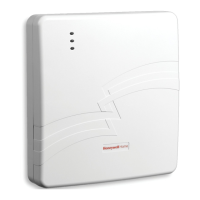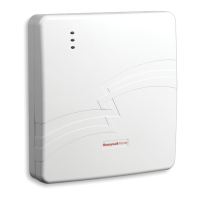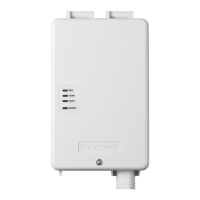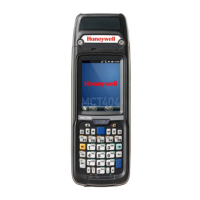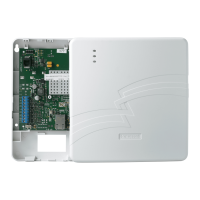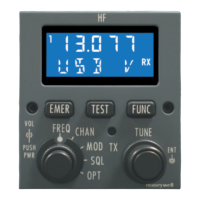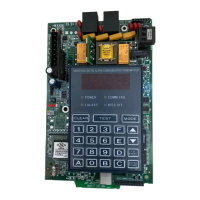9
SECTION 3
Programming the Communicator
General Information
The communicator is designed to deliver alarms via the Internet to an AlarmNet central station or
via the cellular network when the Internet is not available.
NOTE: Out of the box, all communicator programming options are set to the factory default
settings.
The communicator requires an AlarmNet–I account. For new installations, please obtain the
account information from the central station prior to programming this communicator. For
replacement installations, the AlarmNet-i account is created automatically when the commu-
nicator is registered.
You can program a communicator by one of the following methods:
Through the AlarmNet 360 website
(UL: A technician must be on-site to test the system after any programming is changed.)
Through use of a 7720P Programming Tool
Through a programming mode in the control panel, on panels that support this option
Programming the Control Panel to work with the LTE-CF
For Commercial control panels, there are certain programming field settings that must be adhered
to for using the communicator. (For programming information, please refer to the appropriate
control panel guides.) Ensure the following programming fields are set:
COMMERCIAL Control Panels
UL: For compatible control panels, refer to the “Compatibility” topic in section 1.
Programming Field Setting
32 Primary Subscriber's Acct No. nnnn (Required for the communicator to report.)
56 Dynamic Signaling Delay 00 (Dialer and LRR reports go out at the same time.)
57 Dynamic Signaling Priority 1 (Communicator, as first reporting.)
58 Comm Central Station #1
Category Enable
111111 (All events will be reported to the primary Central
Station.)
59 Comm Central Station #2
Category Enable
000000 (If Central Station #2 is not used.)
111111 (If Central Station #2 is used.)
#93 Menu Mode Zone programming – set Zone 803 for Type 05.
Device programming – set Address 03 for Type 06 (LRR).

